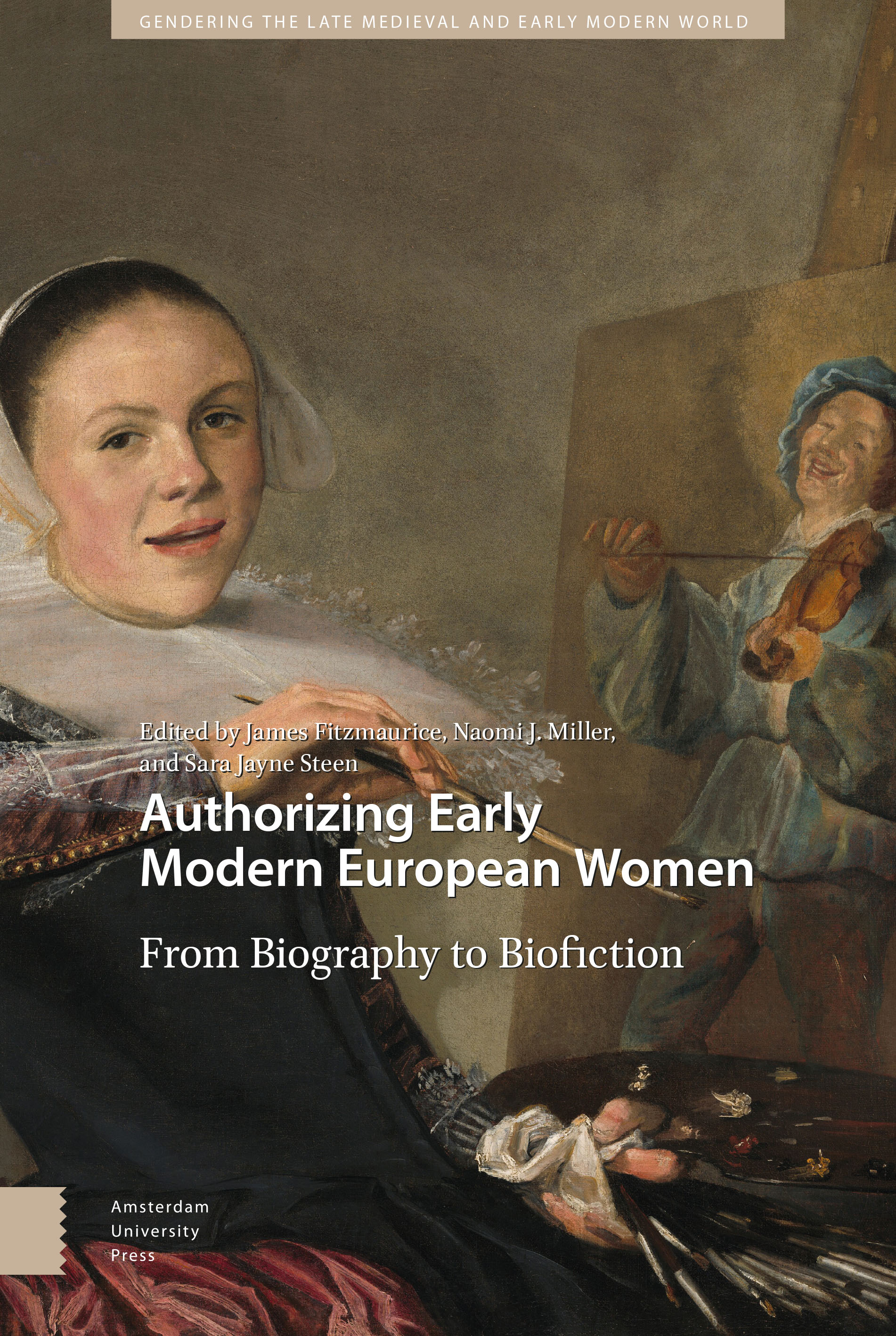7 - “Bess of Hardwick: Materializing Autobiography”
Published online by Cambridge University Press: 16 December 2021
Summary
Abstract
Many authors who have chosen to tell the life of Bess of Hardwick have offered book-length versions of a remarkable life that spanned more than 80 years (1527?–1608). There is so much about Bess to tell, and necessarily to imagine, that within biographies or more openly fictional accounts, writers lose sight of the fact that Bess told her own story repeatedly, in what Judith Butler has called “an open assemblage” of texts. Bess's many texts culminate in her embroidered, room-sized hangings, featuring eight female rulers. These hangings are a legacy that provides access to the wide range of Bess's feelings and aspirations, a legacy that provides evidence that she was the most ambitious female artist in sixteenth-century England.
Keywords: Elizabeth Talbot, countess of Shrewsbury; Bess of Hardwick; Mary Queen of Scots; textiles; biography; biofiction
Bess of Hardwick and the Artistry of Autobiography
Many authors who have chosen to tell the life of Bess of Hardwick, including Gillian Bagwell, David Durant, Kate Hubbard, Philippa Gregory, Mary Lovell, and Maud Stepney Rawson, have offered book-length versions of her remarkable life. That life spanned more than 80 years (1527?–1608) and is chockablock with details of the Tudor culture that created her, and which she in turn helped to create. There is so much about Bess to tell, and necessarily to imagine, that within biographies or more openly fictional accounts, writers lose sight of the fact that Bess told her own story repeatedly, in what Judith Butler has called “an open assemblage” of texts (p. 147). In particular, I find that Bess's many texts culminate in her embroidered, room-sized hangings featuring eight female rulers. These hangings are a legacy that provides access to the wide range of Bess's feelings and aspirations, a legacy that provides evidence that she was the most ambitious female artist in sixteenth-century England.
For at least 40 years, from the 1550s through the late 1590s, as Bess completed three great houses at Elizabethan Chatsworth, Old Hardwick Hall, and New Hardwick Hall, she invested her wit, energy, wealth, and connections to materialize her life through all available Renaissance artforms, organized by her skills as artist and project manager.
- Type
- Chapter
- Information
- Authorizing Early Modern European WomenFrom Biography to Biofiction, pp. 87 - 100Publisher: Amsterdam University PressPrint publication year: 2021

